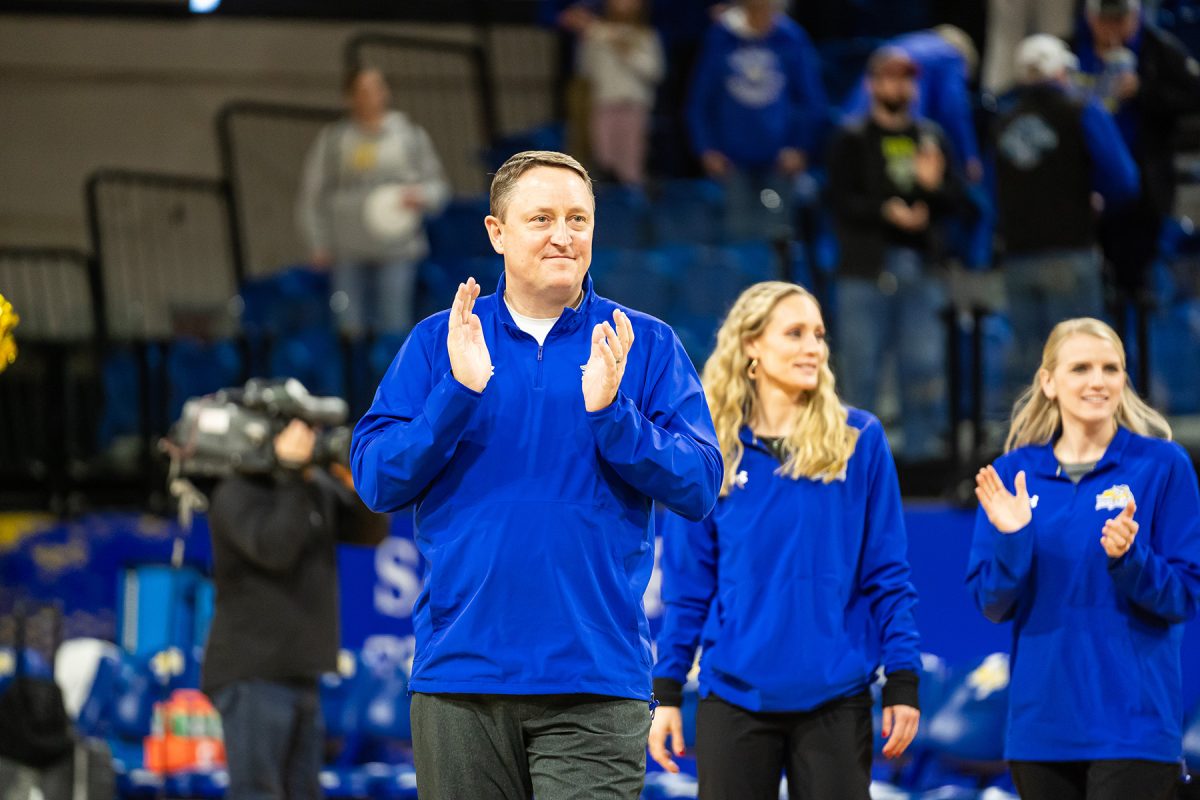State park welcomes first bison calf season
April 24, 2012
The first of the 400 bison calves expected this spring was spotted earlier this month at Custer State Park. Park staff discovered the newest member of the park’s herd, a heifer, on April 7 in the south end of the park near the south fork of Lame Johnny Creek.
Historically, the bison played an essential role in the lives of the Lakota, who relied on the bison for food, clothing and shelter. Today, the bison is a major tourist attraction at Custer State Park and a thundering symbol of the American West.
Custer State Park is currently home to some 900 head of bison. The herd roams freely throughout the park, often stopping traffic and providing visitors with close animal encounters along the 18 mile Wildlife Loop Road which winds around the southern edge of the park.
“Spring is a perfect time to view wildlife in the park, and with the winter moisture everything is greening up,” said Chad Kremer, buffalo herd manager, in a Game, Fish and Parks news release. “Deer, antelope, turkey and buffalo can be seen throughout the park right now.”
Visitors are strongly advised to leave buffalo calves alone and enjoy the sight of them from a safe distance. Approaching any baby animal can be dangerous and buffalo calves are no exception — if a mother buffalo, which can weigh up to half a ton, feels she or her calf is threatened, she may charge.
“Occasionally, people will think a buffalo calf has been orphaned and try to rescue it,” Kremer said. “This is rarely true; buffalo may roam up to one mile from their calves and come back later for them.”
While most bison calves are born in May, up to 20 percent of new calves arrive in April at Custer State Park.
The herd, one of the largest publicly owned herds in the world, is expected to number around 1,300 by the Annual Buffalo Roundup in September, an event open to the public to watch cowboys, cowgirls and park crews saddle up to bring in the thundering bison herd for sorting, branding and vaccination.
Custer State Park also hosts yearly guided trophy and non-trophy bison hunts, as a management tool within the park. Trophy hunts serve to remove the oldest breeding bulls from the herd, which are typically more than 10 years old; non-trophy hunts manage excess cow and smaller bull populations.























